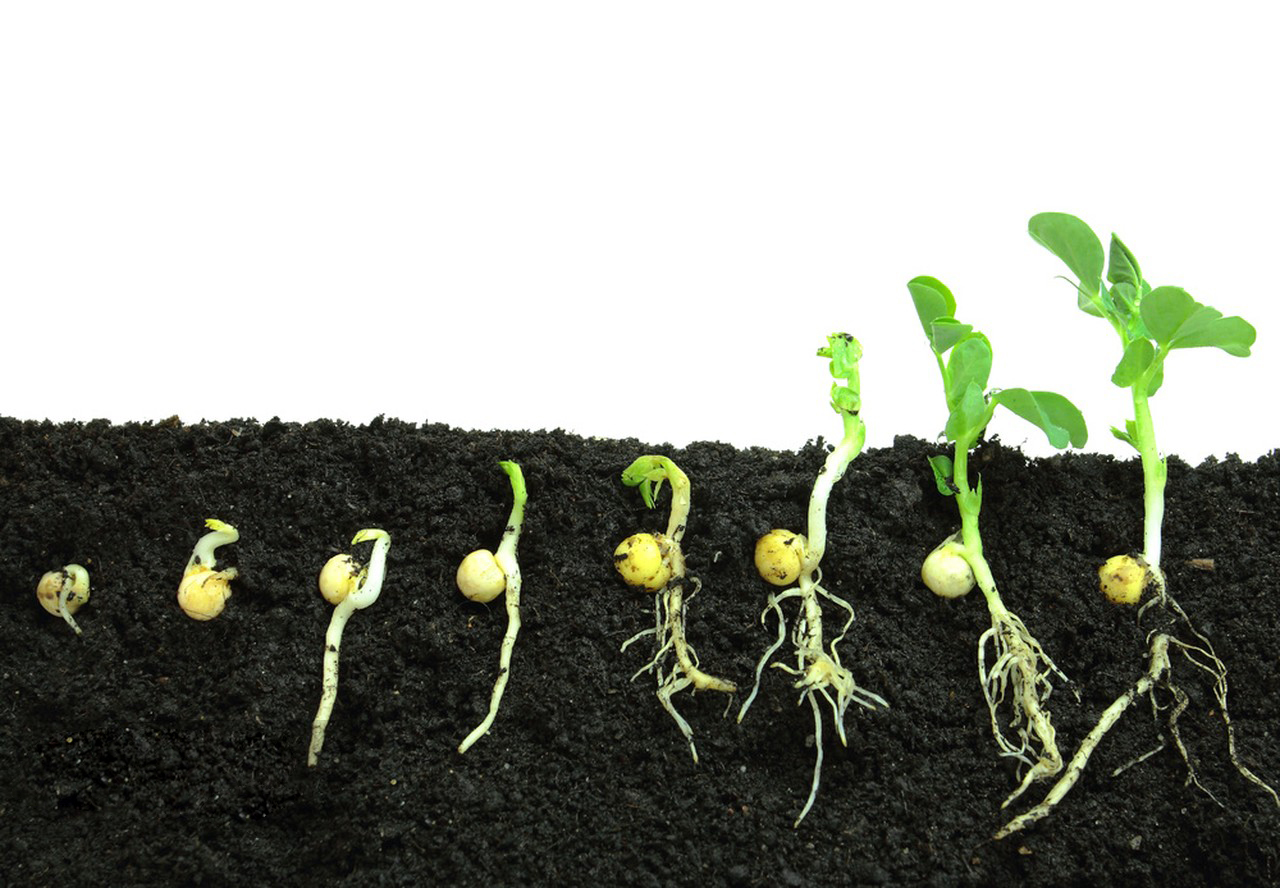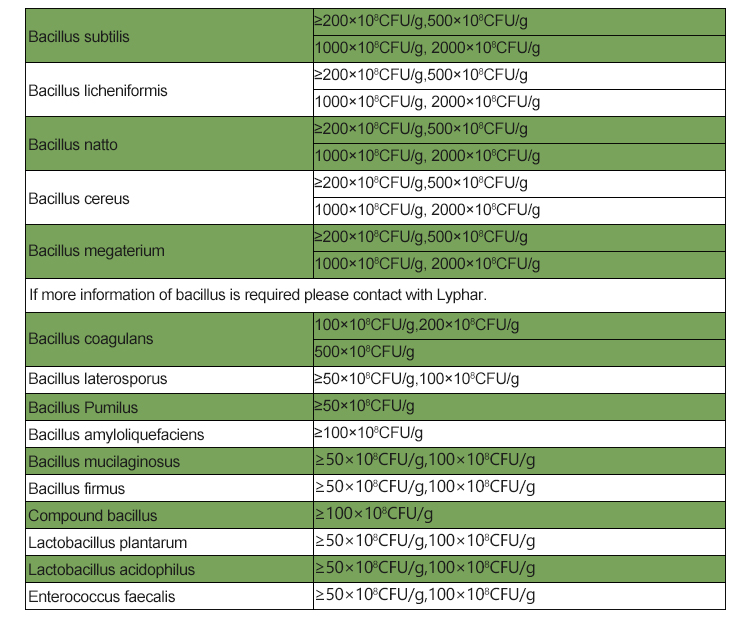Bacillus pumilus is a species of bacteria that belongs to the genus Bacillus, which is commonly found in various environments, including soil, water, and air. It is a Gram-positive, endospore-forming bacterium with a rod-shaped morphology. Bacillus pumilus is known for its robustness and ability to survive in harsh conditions, making it of interest in various research fields and industrial applications. Let’s compare Bacillus pumilus based on some key aspects:

1.Morphology: Bacillus pumilus is a Gram-positive bacterium, which means it retains the crystal violet stain during the Gram staining procedure. It appears as a rod-shaped bacterium under a microscope.
2.Endospore Formation: Like many other species in the genus Bacillus, B. pumilus can form endospores under unfavorable conditions. These endospores are highly resistant to heat, desiccation, and other harsh environmental factors, allowing the bacterium to survive in extreme conditions.
3.Habitat and Distribution: Bacillus pumilus is found in various environments, including soil, water, and air. It is known to be a common soil bacterium and can also be isolated from other sources, such as plant surfaces and human skin.
4.Applications: Bacillus pumilus has several practical applications due to its ability to produce enzymes, antimicrobial compounds, and its robustness. Some potential applications include:
- Bioremediation: Bacillus pumilus can be used to clean up oil spills and other environmental contaminants due to its ability to degrade various pollutants.
- Enzyme Production: It produces a wide range of enzymes, including proteases and amylases, which have industrial uses in various processes like laundry detergents, food processing, and biofuel production.
- Biocontrol: Certain strains of Bacillus pumilus exhibit antagonistic activity against plant pathogens and pests, making them potential candidates for biological pest control in agriculture.
- Space Research: Bacillus pumilus has been studied for its ability to survive in extreme environments, including outer space. It has been found in spacecraft assembly clean rooms, and understanding its resilience is essential for space exploration and planetary protection.
5.Genetic Diversity: Bacillus pumilus is a genetically diverse species, with various strains exhibiting differences in their physiological and biochemical properties. This genetic diversity can impact their ecological roles and potential applications.
6.Pathogenicity: Generally, Bacillus pumilus is considered non-pathogenic to humans. However, like many bacteria, it can potentially cause infections in individuals with compromised immune systems.

Overall, Bacillus pumilus is a fascinating and versatile bacterium with many potential applications in biotechnology, environmental remediation, and space research. However, it’s important to note that when working with any bacterial species, safety precautions and proper containment measures must be followed, especially in the case of genetically modified strains or those used in industrial processes.
